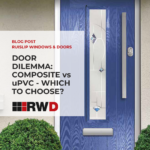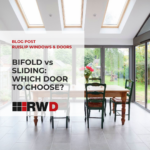Door dilemma: composite vs uPVC – what’s the difference?
Doors have come on a long way in recent years, but it’s the subtle new features that can make a big aesthetic difference to your home. So what is the difference between a composite door and a uPVC panel door? Let’s take a look. Composite Doors. Quite simply, composite doors are designed to look like a […]


